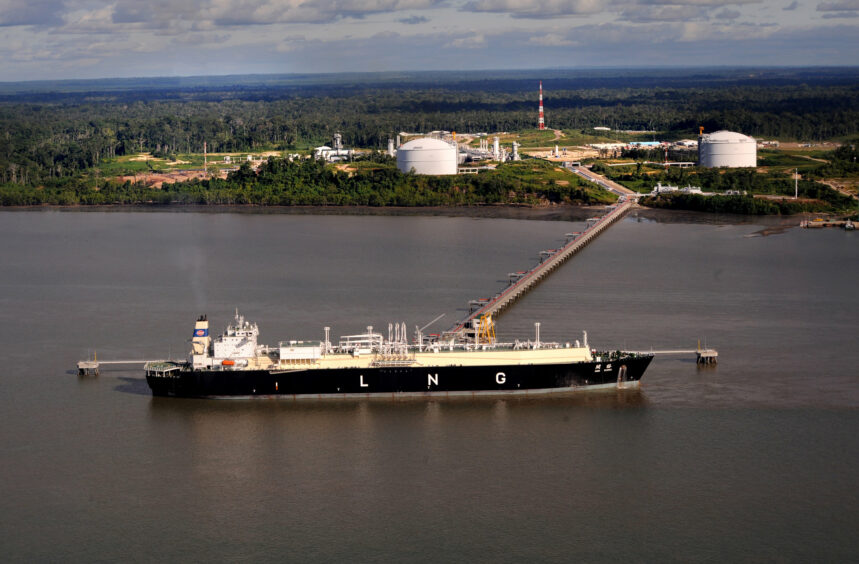
BP has delivered a first carbon offset LNG cargo to Taiwan, its first in the Asia-Pacific region.
BP Singapore delivered the cargo to CPC Corp. at the Yung An terminal, this month. The company said it had sourced the cargo from its own portfolio.
BP has previously delivered a carbon-neutral LNG cargo to Mexico’s Energia Costa Azul terminal, in July.
“Natural gas has a key role to play in getting the world to net zero. This new offer further demonstrates our determination to remain one of the world’s leading and most innovative LNG suppliers,” said BP Trading & Shipping EVP Carol Howle.
“The development of a clear and reliable methodology for quantifying the carbon intensity of our LNG supply chain is an important step in helping our customers deliver their sustainability goals and supports our ambition to help the world get to net zero.”
Eni said it had supplied a carbon neutral LNG cargo to Taiwan in August, from Indonesia.
Counting carbon
“Green LNG” has become an increasingly interesting for suppliers and consumers. However, there have been some concerns around how emissions are quantified.
BP said it had developed a methodology tracking CO2 and methane emissions, from wellhead to discharge at the terminal. The company said it used “relevant international standards”, with input from external experts including the Wood Mackenzie LNG Carbon Emissions Tool.
It went on to say it would update its methodology from time to time.
The delivery of the cargo strengthens BP’s “long-standing relationship with CPC with this delivery of carbon offset LNG from BP’s diverse portfolio of LNG sources, quantifying the carbon intensity associated with the LNG supply from wellhead to discharge terminal and then offsetting those emissions”, said BP Trading & Shipping’s vice president of LNG trading and origination Jonty Shepard.
Eni said its delivery conformed to the PAS 2060 standard. The Italian company also has its own methodology for calculating emissions.
WoodMac backed carbon capture and storage (CCS) as a means to reduce LNG’s impact in a report in August. Senior analyst Daniel Toleman reported that 40% of scope 1 and LNG emissions from LNG come during liquefaction.
Capturing these emissions, therefore, would reduce LNG’s greenhouse gas impact and therefore the amount of carbon credits required.
“Low-cost reservoir CCS projects are likely to be the first to move ahead. Look out for projects in Qatar, Australia, Malaysia and Timor Leste. LNG players in the US, who benefit from the 45Q tax credit, will likely be the first LNG players to take post-combustion CCS forward,” Toleman said.
